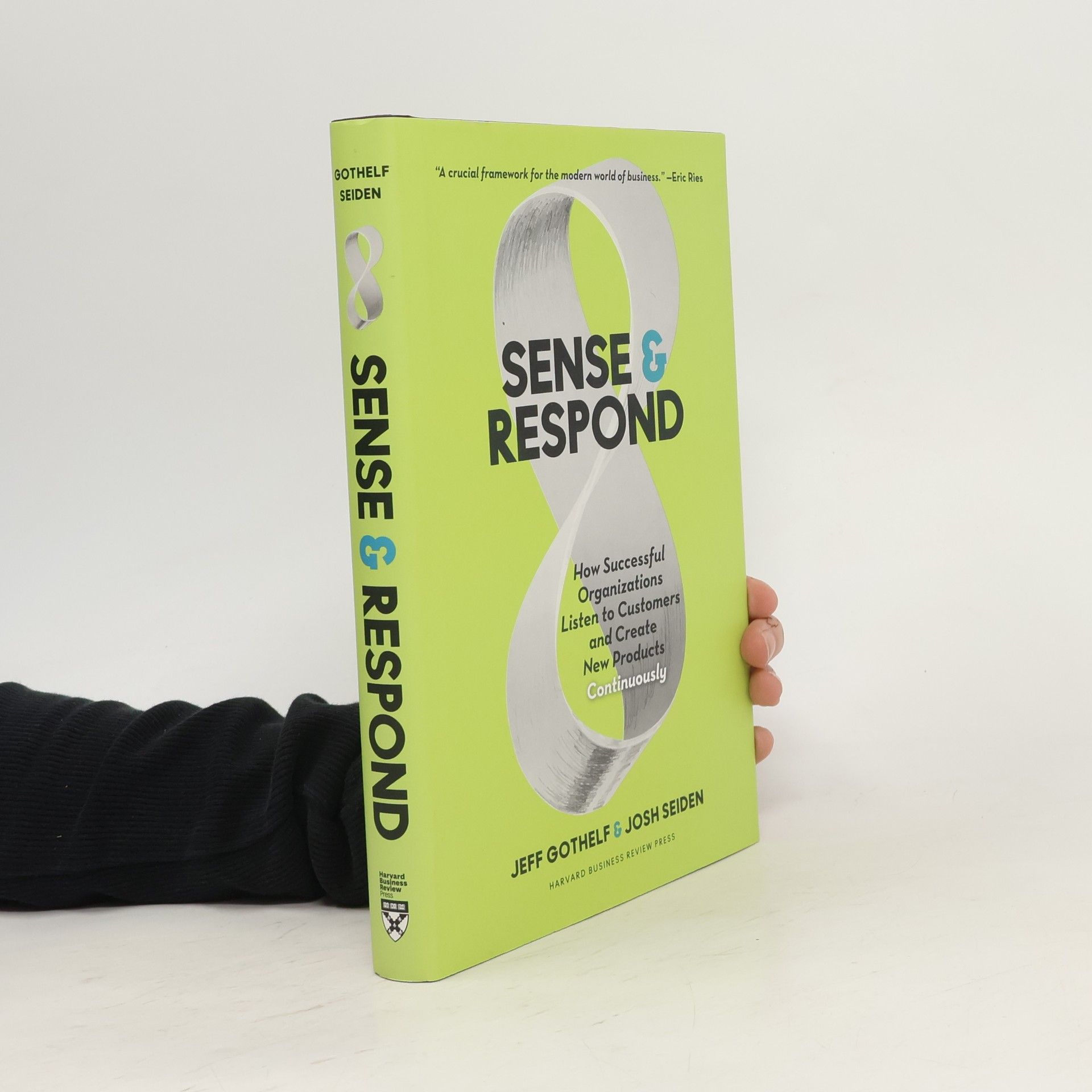Sense and Respond
- 253 pages
- 9 hours of reading
We're in the midst of a revolution. Quantum leaps in technology are enabling organizations to observe and measure people's behavior in real time, communicate internally at extraordinary speed, and innovate continuously. New technologies are transforming the way companies interact with their customers, employees, and other stakeholders.But this is no mere tech issue; it is quickly becoming the key operational challenge for businesses of all kinds. Yet most organizations and their leaders have been slow to respond, continuing to rely on outmoded engineering-based operational models. They structure their teams, manage their people, and evolve their organizational cultures the way they always have.But sense and respond organizations--organizations that have the capacity to sense and respond instantly to customer, employee, and other stakeholder behaviors--are emerging. In Sense and Respond, Jeff Gothelf and Josh Seiden, leading tech experts and founders of the global Lean UX movement, vividly show how these companies operate, highlighting the new mind-set and skills needed to lead and manage them--and to continuously innovate within them.Becoming a sense and respond organization requires shifting from managing outputs to what the authors call "outcome-focused management"; forming self-guided teams that can read and react to a fast-changing environment; creating a learning-all-the-time culture that can understand and respond to new customer behaviors and the data they generate; and finally, developing in everyone at the company the new universal skills of customer listening, assessment, and response. This important and practical book provides a holistic new operational and management model to help organizations and their leaders sense and respond--and to win--in a world transformed by new technologies.-- Provided by publisher



